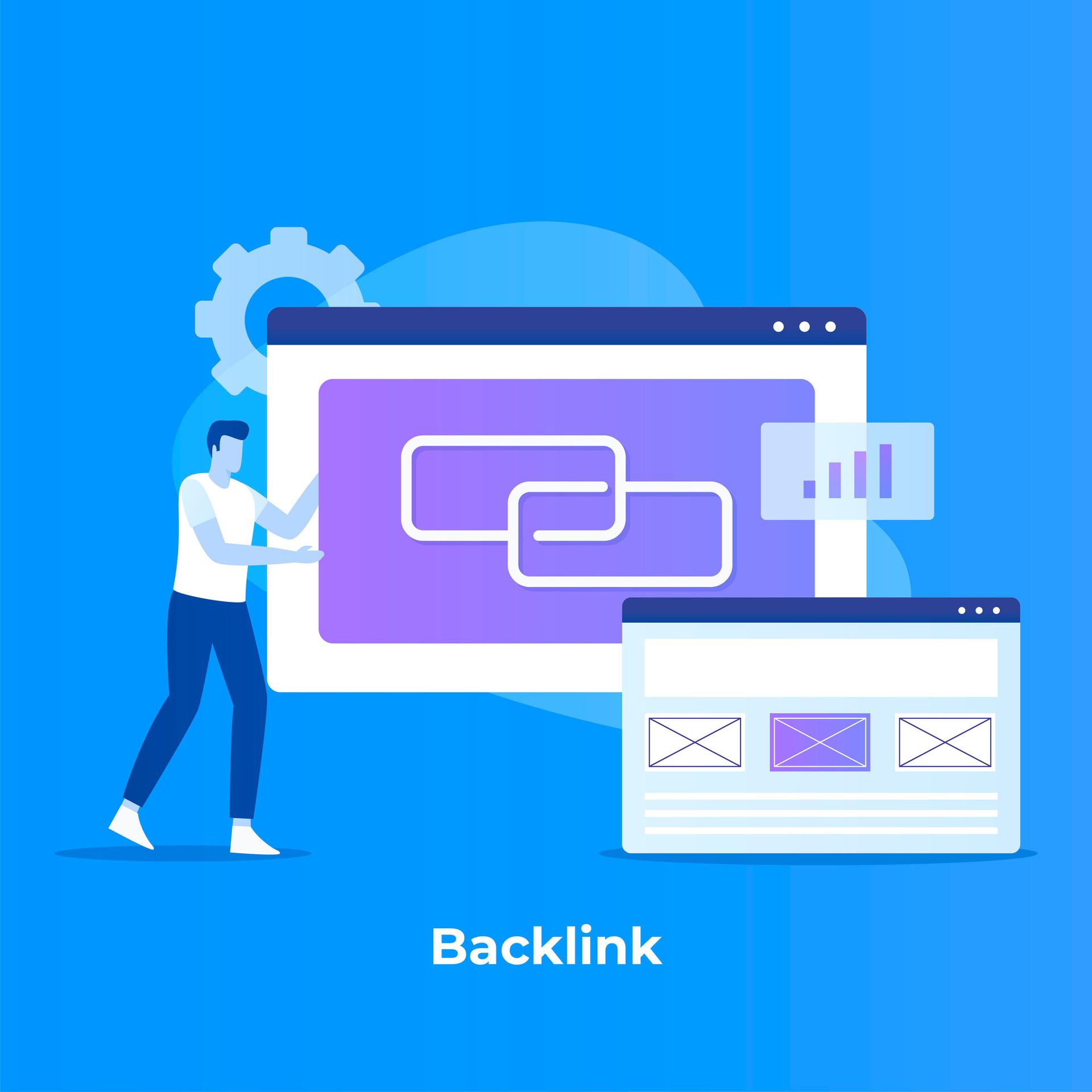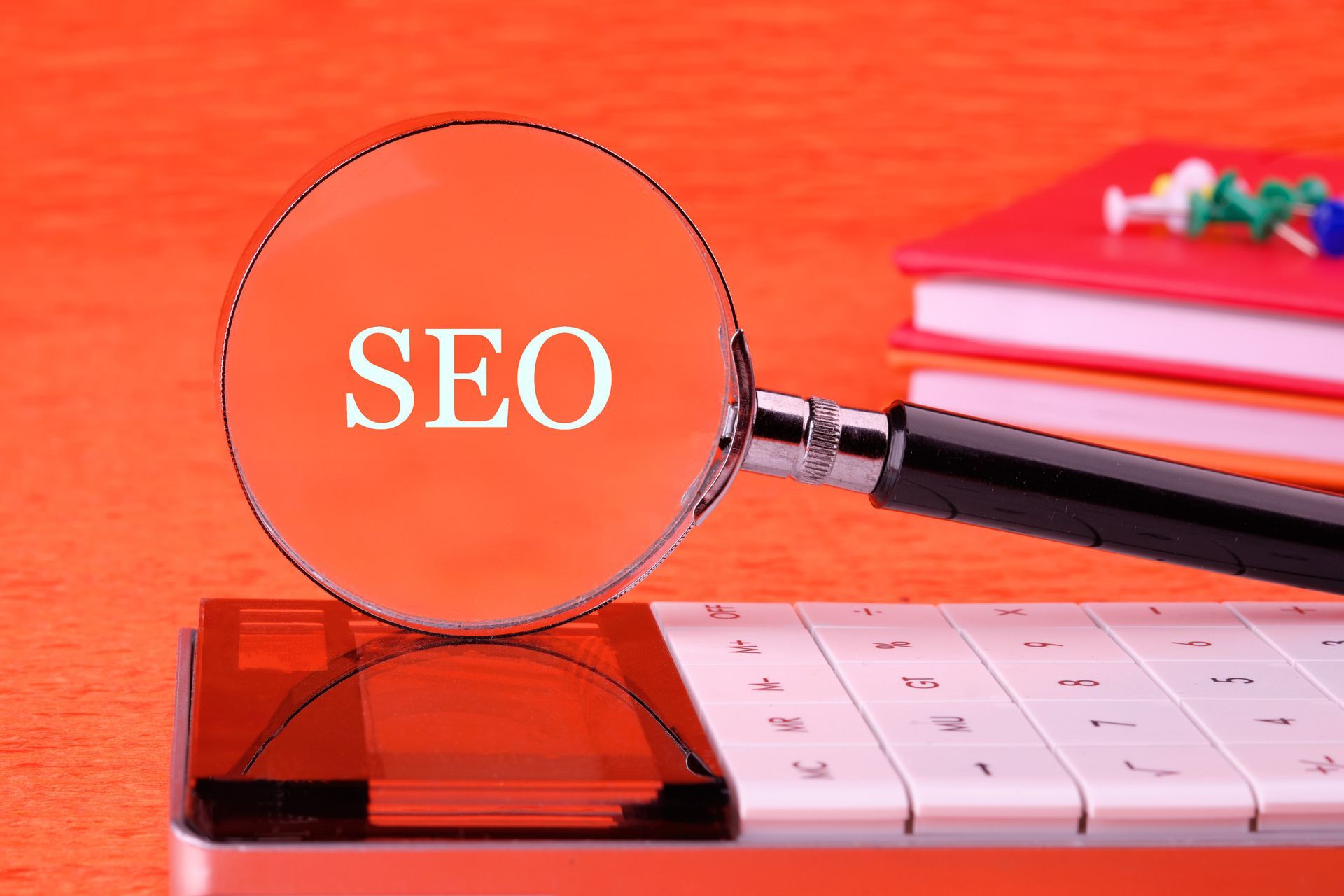Social Media Marketing 101: Choosing the Right Platform for Your Small Business
Social media has become a vital tool for small businesses to grow their brand, connect with customers, and drive sales. But with so many platforms available, choosing the right one can feel overwhelming.
Should you go all-in on Instagram's visual storytelling, build a community on Facebook, or leverage LinkedIn for professional networking?
This guide will help you understand your options and choose the best social media platform to achieve your business goals.
Whether you're new to social media marketing or refining your strategy, here’s everything you need to know.
Understanding Your Audience
The first step to an effective social media strategy is understanding your target audience. After all, you can't market to everyone.
Define Your Target Audience
Start by identifying who your ideal customers are. Consider factors like age, location, occupation, gender, interests, and purchasing behavior. The more specific you can get, the better you'll be at reaching them.
Create Customer Personas
A customer persona is a fictional representation of your ideal customer. For example, if you run a small bakery targeting busy moms, a customer persona might look like this:
- Name: Sarah
- Age: 34
- Occupation: Marketing Manager
- Goals: Convenient and high-quality baked goods for her family.
- Challenges: Limited free time and needs to stick to a budget.
Once you have your audience clearly defined, you’ll know which platform they’re likely to use.
Overview of Major Social Media Platforms
Here’s a closer look at some of the most popular social media platforms and how they cater to different businesses and audiences.
1. Facebook
- Demographics: Facebook has the widest audience, with users ranging from 18 to 65+. It’s especially popular among millennials and Gen X.
- Best For:
- Building a loyal community through groups and pages.
- Running highly targeted ad campaigns thanks to detailed demographic filters.
- Sharing a mix of content formats, including articles, videos, and event updates.
- Suitable Businesses:
Local businesses, restaurants, boutiques, service-based businesses.
2. Instagram
- Demographics: Instagram is incredibly popular among younger audiences, particularly those aged 18–34.
- Best For:
- Visual storytelling through high-quality photos, videos, and reels.
- Showcasing products or experiences in an aesthetic, creative way.
- Partnering with influencers for expanded reach.
- Suitable Businesses:
Fashion brands, beauty services, travel, food, and creative industries.
3. LinkedIn
- Demographics: LinkedIn's audience skews professional, with a stronger presence among users in the 25–49 age group.
- Best For:
- Networking with businesses and professionals.
- B2B marketing and establishing thought leadership within your industry.
- Recruiting top talent for your team.
- Suitable Businesses: B2B companies, professional services, recruiters, and consultants.
4. Twitter
- Demographics: Twitter users tend to be slightly younger, often between 18–49, and are active news and information seekers.
- Best For:
- Sharing real-time updates and industry news.
- Engaging in trending conversations and hashtags.
- Providing quick customer service through mentions and direct messages.
- Suitable Businesses: News outlets, tech companies, brands with a strong personality.
5. Pinterest
- Demographics: Pinterest appeals heavily to women aged 25–54, with a strong interest in DIY, home decor, and events.
- Best For:
- Inspiring audiences through visuals like infographics, DIY tutorials, or product showcases.
- Driving traffic to blogs, websites, or online stores.
Suitable Businesses: E-commerce stores, lifestyle brands, wedding planners, creative niches.
Matching the Platform to Your Goals
Now that you have an overview of the platforms, it’s time to align them with your business goals. Different platforms serve different purposes, so choosing the right one depends on what you’re trying to achieve. Examples include:
If Your Goal is Brand Awareness
Use platforms with broad reach and high engagement. Facebook and Instagram are ideal because they allow you to share a mix of content, from stories to videos, that appeals to diverse audiences.
If You Want to Generate Leads
LinkedIn is perfect for B2B lead generation, while Pinterest works well for driving traffic to websites or blogs.
If Your Focus is Customer Engagement
Platforms like Instagram and Twitter, with their real-time interaction and engagement opportunities, are excellent for fostering conversations with your audience.
If You’re Driving Sales
E-commerce-driven businesses can benefit from Pinterest's product showcasing capabilities or Instagram’s shopping features.
Actionable Tips for Choosing the Right Platform
Before you start posting across multiple platforms, consider these helpful tips to refine your strategy:
- Limit Your Platforms: Focus on 1–3 platforms where your audience is most active rather than spreading yourself thin over too many platforms.
- Test and Analyze: Experiment with different types of content to see what resonates most with your audience. Use analytics tools to track results and refine your approach.
- Stay Consistent: Engage with your audience regularly and maintain a consistent brand voice across platforms.
Grow Your Business with the Right Social Media Strategy
Social media marketing doesn’t have to be intimidating. By understanding your audience, selecting the right platforms, and aligning your goals, you can build a strong online presence that helps your small business flourish.
At TopTier Media Services, we specialize in helping businesses just like yours craft social media strategies that drive real results.







